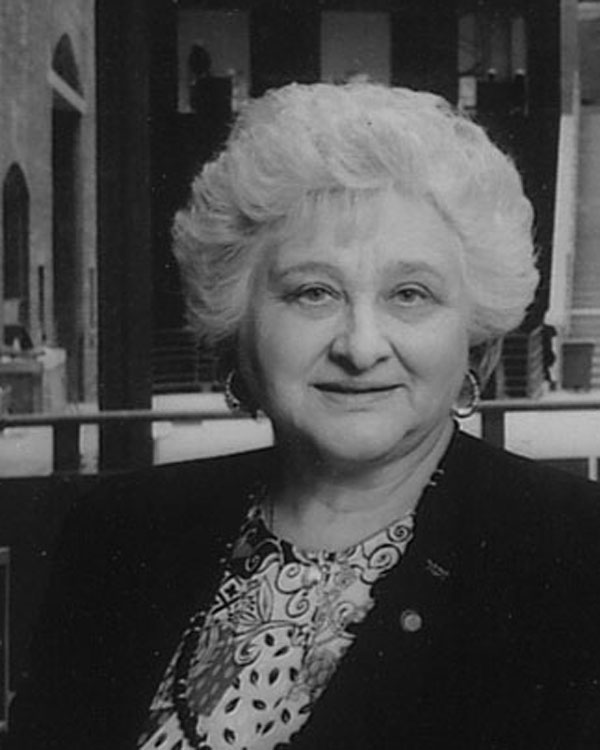Nesse Godin was a short, wide woman with short, wide hair and a thin, wide smile. She always smiled, no matter what story she was telling. She loved telling stories, and had made it her occupation. After hearing her speak, I've dedicated a lot of my time to reading more and more of the story, trying to get the full scope. You see, Nesse was a holocaust survivor who I met over the summer. It was hearing her story, going to ghettos and work camps and death marches, that inspired my fascination with Holocaust literature.
As soon as I got back to school, I read Eli Weisel's Night. After that, I read Diary of A Young Girl and finally the play A Child Shall Lead Them, a beautiful play which my brother will be starring in at the Wilmington Drama League this April. The stories are all completely moving, and studying them can be a great insight into how one can make a compelling, moving storyline.
Hopelessness plays a role in all of the pieces (and in Mrs. Godin's story, which I'm lumping in with the literary pieces). Night conveyed the horrible machine that would entirely manhandle the people with such detail, I felt as though I could see an industrial machine/human burning monster before me. After death and death and manhandling and death and religious abandonment and death, the book felt as though every page was prolonging Eli's inevitable fall. The imagery and repeated, chance batterings leave a reader wondering "what on earth could happen to this poor guy next?" Hardly a good thing, considering this is non-fiction, but still a good note.
As soon as I got back to school, I read Eli Weisel's Night. After that, I read Diary of A Young Girl and finally the play A Child Shall Lead Them, a beautiful play which my brother will be starring in at the Wilmington Drama League this April. The stories are all completely moving, and studying them can be a great insight into how one can make a compelling, moving storyline.
Hopelessness plays a role in all of the pieces (and in Mrs. Godin's story, which I'm lumping in with the literary pieces). Night conveyed the horrible machine that would entirely manhandle the people with such detail, I felt as though I could see an industrial machine/human burning monster before me. After death and death and manhandling and death and religious abandonment and death, the book felt as though every page was prolonging Eli's inevitable fall. The imagery and repeated, chance batterings leave a reader wondering "what on earth could happen to this poor guy next?" Hardly a good thing, considering this is non-fiction, but still a good note.
The hopelessness of Diary, much like that of Mrs. Godin's story, has more to do with context and dramatic irony. The most famous line from Anne Frank's diary is "Despite everything, I believe that people are really good at heart." She wrote this before being carried away and gassed. Through the entire book, she looks forward to leaving- the idea of her mortality either isn't a prevalent thought or isn't something she can admit to herself through writing. It was peaches, D Day, flirt buddy, angst and gravy through most of the book. I would never downplay the torment she must have been under, I just think that she did. Nesse Godin spoke at length about the old Jewish women, who cared for her during the death march despite being perpetually on the verge of death. Nesse was only 17, weighed 74 pounds, and needed help. They became her support group, and gave her their food in exchange for her promise to "share [their] story. We may die, but do not let this be forgotten."
Love stories, when put against this backdrop, are just too powerful. Ann and Peter dislike one another for most of the book, but when they realize that they are all they have, they overcome it to become a downright adorable couple. Nesse, being of the marriageable age of 17, was told by her mother to walk around where everyone was resting, find the first boy of proper age, and bring him to mama. They were married that night, and still are. (Que "awwwwwwwwwwwwww!")
A great love story is the one from A Child Shall Lead Them, but that's probably just how I see it because Aidan falls in love. The play features direct quotes from journals and poetry found in ghettos, and it's just so good. It reminded me why I love theater. For two hours, my brother gets to fall in love despite being a Jew in 1940s Poland. It's such a beautiful art.
So, to bring it back, the Holocaust is an amazing piece of human history, and has inspired some really excellent pieces. That's all the message this really needs.
